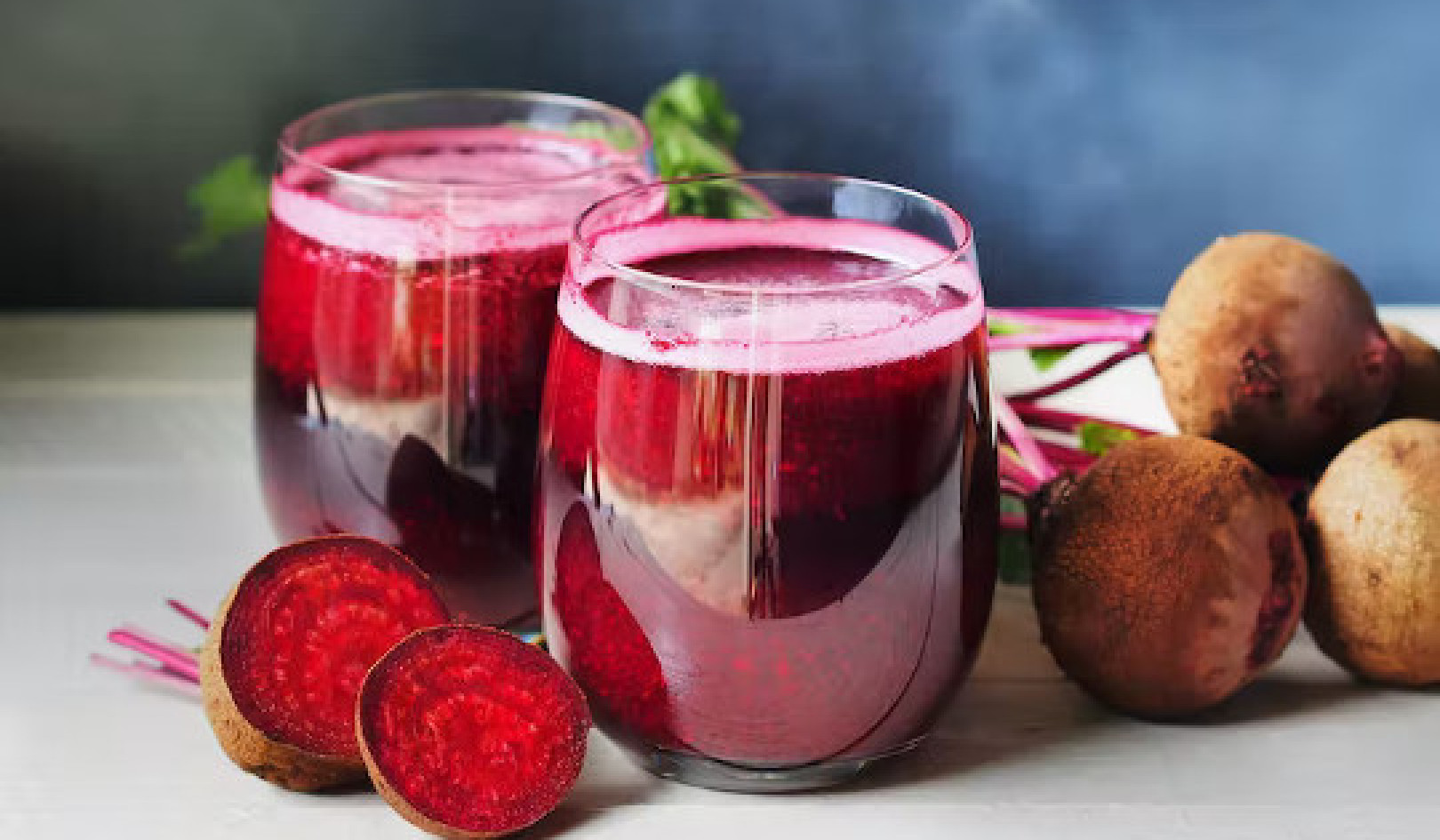The Dash Diet
Rather than examine the effect of an individual nutrient or supplement, a group of researchers studied the impact of whole dietary patterns on blood pressure. The study group consisted of 459 adults with a starting blood pressure less than 160 mm Hg systolic and 80-95 mm Hg diastolic. Of those, 133 had high blood pressure and 326 had normal.
For the first three weeks, volunteers ate the control diet, which was designed to imitate the average American diet. It was high in fat and low in fruits, vegetables, and dairy products. They were then randomly assigned to three groups. Each diet contained the same number of calories and amount of sodium.
-
One group continued on the control diet.
-
A second group ate a modified control diet that was similar to control diet (high in fat) but provided nine to ten servings of fruits and vegetables and fewer sweets and snacks.
-
A third group ate a combination diet -- combination because it combined most of the characteristics that were thought to lower blood pressure. It contained less fat, saturated fat, and cholesterol, nine to ten servings of fruits and vegetables, and three servings of low-fat dairy foods.
After eight weeks blood pressures were again measured. When compared with the control diet, the combination diet significantly lowered both systolic and diastolic pressure while the fruit/vegetable diet lowered only systolic. The effect was apparent within one week and was at its greatest and most stable at two weeks and after. Blood pressure reduction was greater in minority subjects when compared to non-minorities, but the difference was not statistically significant.
Subjects with high blood pressure showed a greater response than those with normal pressures. Among the 326 participants with normal blood pressure, the combination diet reduced systolic pressure by 3.5 mm Hg and diastolic blood pressure by an average of 2.1 min Hg. But in the 133 participants with high blood pressure, the combination diet reduced systolic pressure 11.4 min Hg and diastolic blood pressure 5.5 min Hg. These results are similar to those seen with drug therapy, and the DASH research team has stated that their combination diet may be a good alternative to drug therapy for those subjects with Stage 1 hypertension.
If everyone adopted a DASH-type diet, it is estimated the incidence of coronary heart disease would fall by 15 percent and stroke by 27 percent! The Red Yeast Rice Diet is very similar to the combination diet. If you have hypertension and would like to duplicate the DASH diet, just add a few more servings of fruit and vegetables to the diet recommendation in Chapter 6 of my book The Red Yeast Rice Cholesterol Solution. Make sure your mineral supplement contains potassium.
Hypertension, Stroke, and Potassium
Diets rich in fruits, vegetables, and whole grain cereals may reduce a person's risk of stroke, especially in individuals with high blood pressure. Many researchers believe this is because the mineral content of the whole foods lowers blood pressure. A number of small studies suggested that a high intake of potassium in the diet could help reduce the risk of stroke. Researchers set out to determine whether these findings would still hold true in a larger study. They questioned 43,738 men who were part of the Health Professionals Follow-up Study, a dietary investigation of men who were free of heart disease and diabetes and who had not had a stroke. Of those, 8,520 had hypertension. During the eight-year study 328 individuals had strokes.
-
Individuals in the top fifth of dietary potassium intake had a 38 percent lower risk of stroke than those in the bottom fifth. The major difference between the diets of the two groups was in their consumption of fruits and vegetables -- nine servings daily in the highest potassium group compared with four in the lowest.
-
Individuals who had high blood pressure and who were also taking potassium supplements (about one gram per day) reduced their risk of stroke by 60 percent when compared to those with high blood pressure who weren't taking supplements.
-
Men without high blood pressure whose diets were high in magnesium and cereal fiber also had a reduced risk of stroke when compared to men who ate lower levels of these nutrients.
-
Those with high intakes of magnesium had a 30 percent decreased risk of stroke, and those with high intakes of cereal fiber had a 40 percent decreased risk compared with those who ate low levels of these nutrients.
Other studies have shown that a high-potassium diet may reduce high blood pressure. In this case, however, the lower incidence of stroke did not seem to be caused by lower pressures. The differences in blood pressure were too small to cause such a dramatic decrease in stroke risk. Researchers concluded that there is strong support for a stroke-preventive effect from diets rich in potassium, magnesium, and cereal fiber. This was found to be particularly true in individuals with high blood pressure, further suggesting that high-potassium diets might be beneficial in this segment of the population.
Diet Tips for Hypertension
-
Choose fruits and vegetables that are rich in potassium, magnesium, and calcium.
-
Reduce the amount of caffeine and sugar in your diet. Both can increase the amount of potassium that is excreted by the kidney.
-
Supplement your diet with a comprehensive mineral supplement that contains calcium, magnesium, and potassium.
-
Take an arginine supplement, one to two grams in divided doses on an empty stomach.
-
Eat fatty fish at least twice a week and take a fish oil supplement with it.
Less Salt, Fewer Strokes
Research has shown that the risk of having a stroke increases as blood pressure increases. Research has also shown that drug treatment can decrease the incidence of stroke. Recently a study done by St. George's Hospital Medical School found that a modest reduction in salt intake was just as effective in lowering blood pressure than treatment with diuretics such as thiazides.
This English study looked at forty-seven volunteers aged sixty to seventy-eight years with a blood pressure range of 123-205 mm Hg systolic and 64-112 mm Hg diastolic. A diet low in salt (five grams a day) was compared to a diet high in salt (ten grams a day). Participants with both high blood pressure and normal pressure experienced a decrease in blood pressure. The average reduction was 7.2 mm Hg systolic and 3.2 mm Hg diastolic. This was estimated to correspond to a 36 percent reduction in stroke risk over a five-year period!
The researchers concluded that the decrease in blood pressure achievable through a low-salt diet could result in a major reduction in the incidence of strokes. What is important is that the reduction in salt intake was accomplished simply by not cooking with salt, adding salt at the table, and avoiding salted junk foods.
How to Reduce Salt Intake
To achieve no more than 2,400 mg/day of sodium, choose foods that are naturally low in salt, like fresh fruits and vegetables. Limit excessively salty foods: smoked, cured, or processed meat; some convenience foods like frozen meals and regular canned soups; certain spices like regular soy sauce, garlic salt, and other salted condiments; highly salted snacks like salted crackers, chips, pretzels, popcorn, and nuts; and many sauces, mixes and "instant" products. Break the habit of adding salt to food or water during cooking or at the table. Use herbs, spices, and fruit juices in place of salt to season food, and rinse canned vegetables to remove excess salt. Read the nutrition label on food packages to select foods lower in sodium.
 This article was excerpted with permission from the book:
This article was excerpted with permission from the book:
The Red Yeast Rice Cholesterol Solution,
by Maureen Keane.
Published by Adams Media Corp., Holbrook, MA. http://adamsonline.com
Info/Order book.
About the Author
Nutritionist, Maureen Keane, is the best-selling author of Juicing for Life, What to Eat if you Have Cancer, and a dozen other premier health titles. A former student and instructor at Bastyr University, she is a licensed nutritionist and a respected member of the Society of Nutrition Education.























